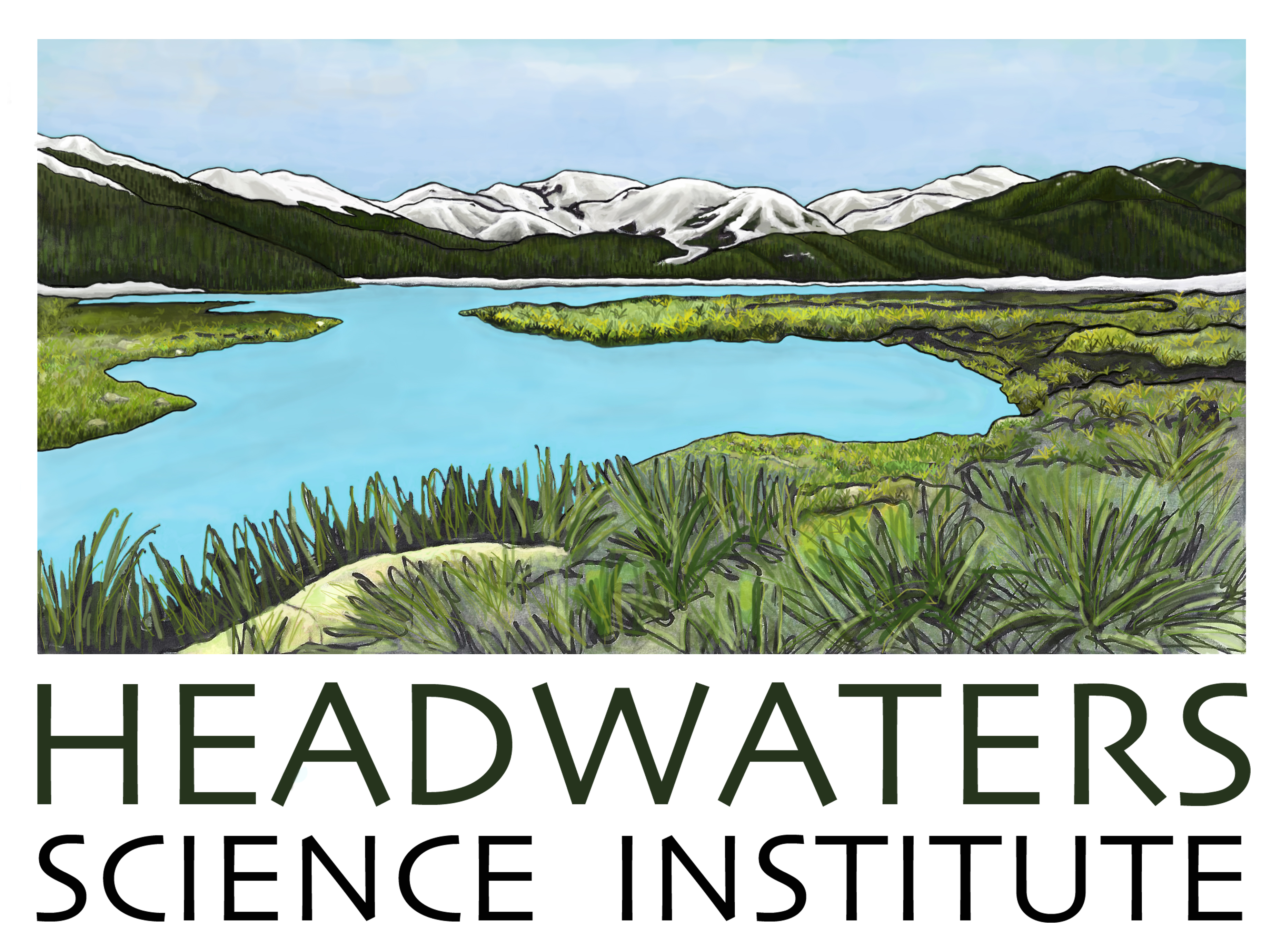Access to Public Parks, Drinking Fountains, and Clean Public Drinking Water Across Income Brackets in the Bay Area
Author(s): Eliza Zaroff1, Anna Holmquist2
1. The Bay School of San Francisco 2. University of California Berkeley
928 total view(s), 101 download(s)
Summary:
Access to green space and clean drinking water
can be unequally distributed in urban spaces,
often associated with income inequality. Little
is known about public drinking water and
green space inequities in the Bay Area. For our
study, we…
Contents:
Eliza Zaroff-Anna Holmquist.pdf(PDF | 3 MB)
- License terms
